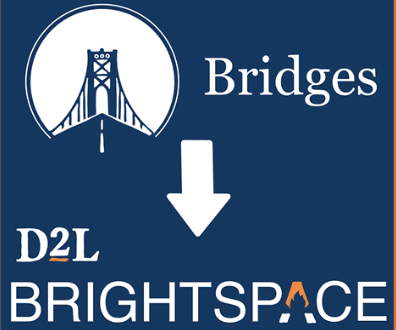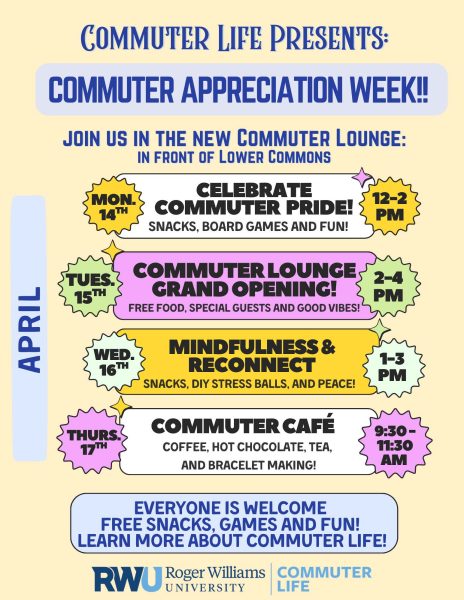COVID-19 Q&A with President Miaoulis
Roger Williams University has dedicated time, effort and resources to implement measures and policies to help prevent the spread of COVID-19 on campus. Editor-in-Chief Isabella Gentile asked President Ioannis Miaoulis various questions regarding his thoughts on the university’s ongoing response to the pandemic.
As we enter the third week of this semester, what are your thoughts on the university’s response to COVID-19 and how things are going so far?
I am very pleased with the overall response. If you look at our situation compared to other colleges that have had significant outbreaks or needed to reverse course and send students home, we have not needed to do that. As of today [9/8], we still have 77 days to get to November 24, but I am pleased with our work and operations so far. That said, reopening since being closed in March and figuring everything out has had some challenges. Technology set up, COVID testing, organizing our Baypoint isolation and quarantine process, revamping dining back up after being closed since March. There are things we need to fine tune, but it is great to be in the position we are.
What are your thoughts on the response from students, faculty and staff to all of the new policies and safety protocols, such as required mask-wearing, classroom cleaning policies and social distancing rules?
Overall, the response is great. Credit for our low numbers of positive cases goes to the entire community. How you take care of yourselves in order to return and to follow procedures will keep us all healthy. I know measures are hard right now, restrictions in residence halls, teaching with some students in front of you and others remote. These things are not easy. But we have had very few instances of students not showing up for testing, not wearing masks, no large gatherings. That is what it will take to get to November and I want to recognize that students have been exceptional in complying when we have asked them to isolate or quarantine.
Approximately how much has the university spent on supplies for precautionary measures for this year? What are the costs associated with on-campus COVID-19 testing? How has this spending impacted the university’s financial stability as a whole?
Roger Williams is led strongly from a fiscal perspective. While issuing room and board refunds in the spring did impact us, we ended the year with more than a balanced budget and met all our debt obligations. That is testament to the resilience and sacrifice of many at RWU; there were hard financial choices that affected the wellbeing of our faculty and staff, not just operating budgets. But we did it. We are still tallying our total spend on precautionary measures but near the start of the semester we had already invested over $5 million in COVID-related expenses. The Broad Institute testing program will likely be near a $2 million dollar investment that will last into the spring, most likely absent a vaccine. But as you go and get tested, many members of the RWU community testing are there on volunteer shifts, or staff are taking the time to courier tests to the lab in Cambridge, Massachusetts. Of course all these items have an impact on our budget and as always, we’ll begin the process to curtail expenses or seek to grow revenue to offset these absolutely necessary COVID costs.
I recently asked Vice President for Student Life John King about a testing metric where the university would see a shift to full remote learning. He told me there was not a hard and fast number of positive test results for that decision as of then, but that the university would reevaluate at different points. Do you see a certain number of positive tests that would trigger a shutdown?
This is true. We review the numbers daily and share the results on our COVID dashboard. I think just saying we have “X” cases and we’ll go remote looks very different if the cases are unique cases or they are all connected from community spread. Scientifically, no two cases are the same either, are the positive cases symptomatic or asymptomatic? What was the Ct [cycle threshold] value of the COVID test, to understand the viral load of the positive case? I think our decision would also be different if the cases are centered on faculty, staff or students. It is a very complex decision making process. So no, there is not just one number we are looking for at the Cabinet or other conversations.
The university currently has a low overall positivity rate (0.05% as of 9/8). Do you think there is anything students, staff, faculty or the university itself can improve on at this point?
Improvement is just in tightening up around the edges. I think now that we’re into the semester we can all settle into a pattern, perhaps see continued days with zero cases and think that we can relax a little. But [with] nearly 5,100 people interacting on our campuses regularly and coming and going from campus, we need to keep all our measures in place as a way of learning and working.





